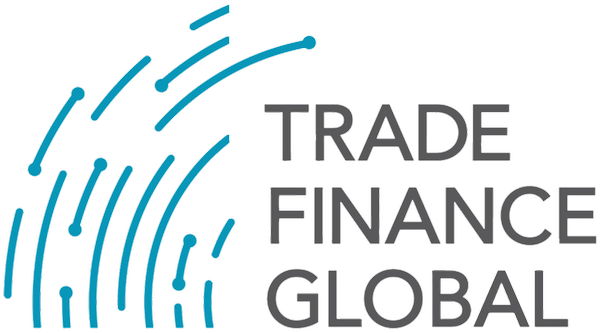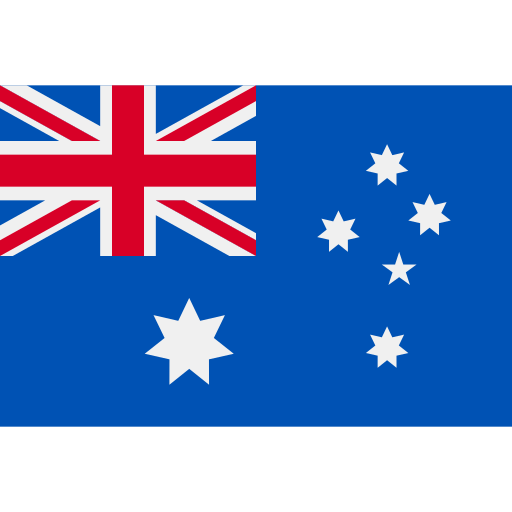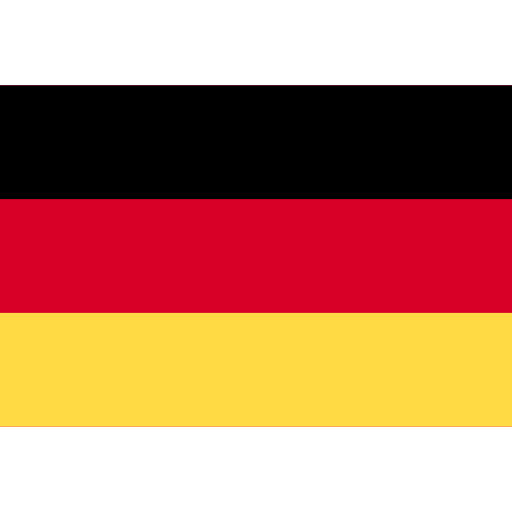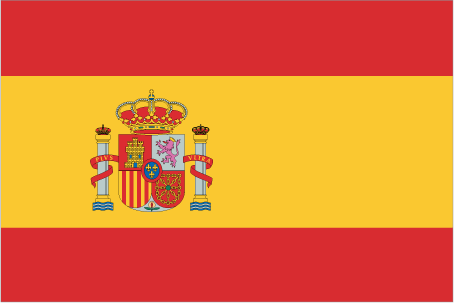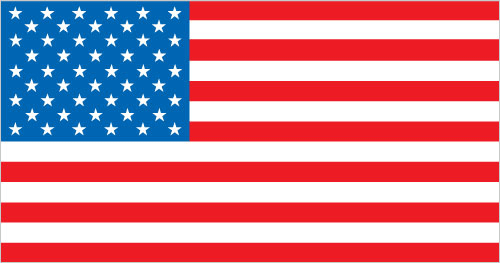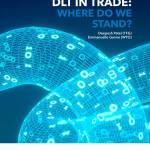
Contents
What Is Ripple?
Ripple is a payment settlement system and currency exchange network that can process transactions globally.
The network’s native cryptocurrency, XRP, was designed to be used for practical applications across the financial services space.
The network itself was built to allow banks and other institutions to transfer money and assets across borders more quickly and with lower transaction fees.
Ripple is typically categorised as a type of cryptocurrency or blockchain-based platform but it’s not really either of these.
While it does share some similarities with other blockchain platforms like Ethereum and cryptocurrencies like Bitcoin, it has a few distinct differences that set it apart.
Firstly, it doesn’t use blockchain to provide consensus.
Instead, it summarises data using a HashTree and compares this data across its validating servers.
Secondly, unlike most other cryptocurrencies, XRP can’t be mined.
All 100 billion XRP tokens were produced and distributed at its inception.
Many people see this detraction from the cryptocurrency-norm as a cause for concern and criticise Ripple for going against the core values of cryptocurrencies.
Nonetheless, Ripple must be doing something right as XRP has experienced widespread use by financial institutions across the world.
History of Ripple
Ripple was released in 2012 after being co-founded by Jed McCaleb and Chris Larsen of OpenCoin.
By 2018, the company had experienced 36,000% growth and established a growing network of some major global banks.
But how did this develop over time?
Let’s look at a brief timeline of events:
2004 – 2005:
Ryan Fugger is inspired to build a decentralised platform that can be used by individuals and communities to make their own money. He builds the first primitive version of the platform on RipplePay.com
2011 – 2012:
Jed McCaleb begins the development of a digital currency that determines its value by consensus as opposed to mining.
Fugger hands over RipplePay to Jed McCaleb and Chris Larsen who rebrand the organisation as OpenCoin.
2013:
OpenCoin secures $2.5 million from angel investors and rebrands itself again as Ripple Labs.
They make the Ripple code open source and release an iPhone app which is later withdrawn.
2014:
Ripple Labs grows quickly to become the 2nd largest cryptocurrency.
German bank Fidor adopts the ripple protocol for international payments.
Prices continue to rise and in a single month the value doubles.
2015:
More banks begin to come on board, notably Santander and the Royal Bank of Canada.
They rebrand for a third time, dropping the ‘labs’ to become Ripple.
2016:
Ripple is allowed to operate in New York State and receives millions in funding.
2017:
Ripple is recognised as a payment system by the largest banks in the world and goes on an incredible run.
2020:
XRPL Foundation Launched
2022:
October 20, 2022. So far Ripple’s been taking the bear market in its stride, shrugging off the market downturn and even a court battle with the SEC to see 25% gains over the last three months.
2023:
As of December 13, 2023, one XRP token was worth 0.62 U.S. dollars,
Ripple Uses
Many cryptocurrencies have multiple use cases and lack a specific focus.
This attempt at having a broad appeal has its benefits, but it also causes confusion and a lack of direction.
Unlike these other currencies, Ripple was designed with a clear use case in mind.
It’s specifically built to facilitate the exchange of money across the world with minimal costs.
International payments are traditionally very slow and costly, and it’s long been thought that the system needs to be modernised.
Ripple achieves this by allowing banks and financial institutions to transfer tokens in real-time, securely, and at a reduced cost.
In practice, this can help people such as those living overseas to transfer money to their home country without incurring large fees.
Three practical use cases for Ripple are:
● Allows banks and payment providers to expand their reach into new markets
● Provides a way to source liquidity for payments
● Allows corporates to improve capital efficiency
- Blockchain & DLT Resources
- All Blockchain & DLT Topics
- Podcasts
- Videos
- Conferences
